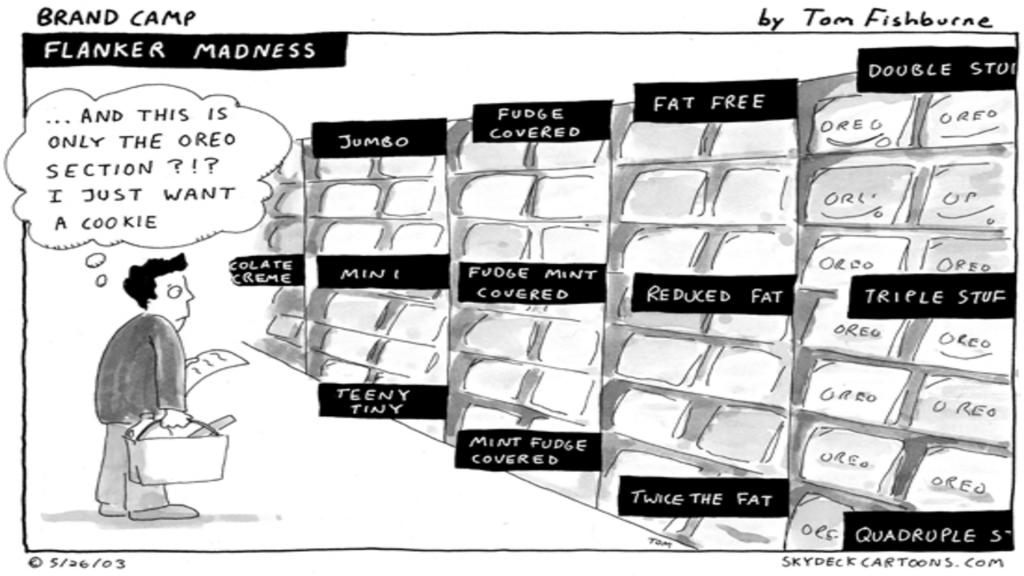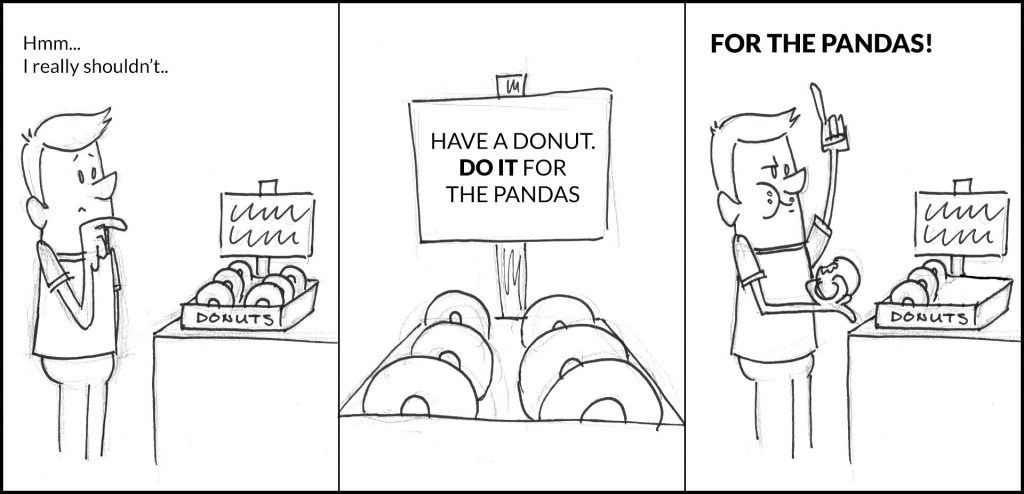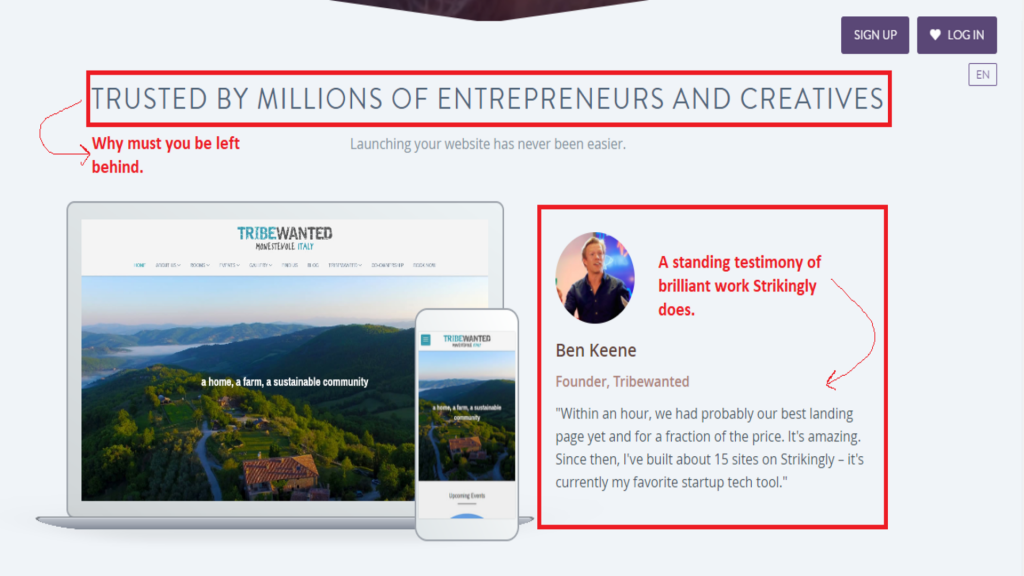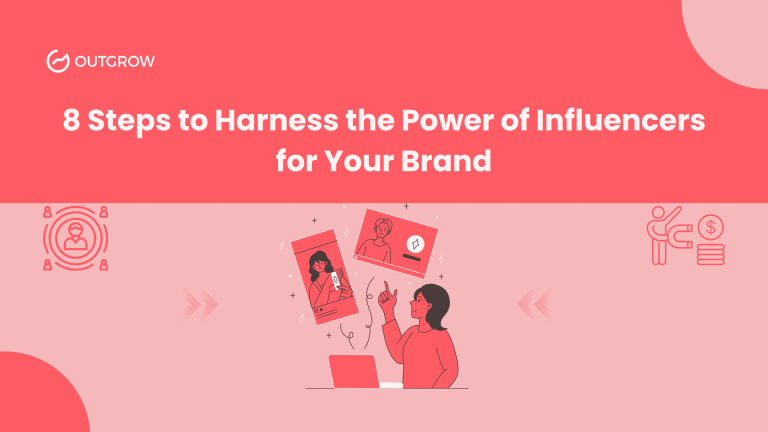5 Psychology Principles You Should Know When Creating Your Content Strategy
Table of Contents
The internet is a terribly busy place. There is a staggering amount of content that is created every minute, every day. This, of course, puts content marketers in a dilemma because it is becoming difficult to make content stand out and generate results from content marketing. Want some content marketing psychology principles? Read on!
In a research study, 54% of B2B content marketers admitted that it is challenging to ‘produce engaging content’. Is there a way we can overcome this hurdle and create a content marketing strategy that generates results? The answer to the question of the hour is a big YES!
In this article, we talk about 5 psychological principles that are used by top content marketers to create compelling content, increase sales, generate traffic, and finally increase revenue.
Are you ready?
1. The paradox of choices: When less is MORE!
Having too many choices may seem like a good idea, but it actually makes decision-making stressful. This is why as content marketers we use this principle to make decision-making easier.

Don’t put off people thinking more is better when it is clearly not. It will only result in higher bounce rates on your website. For example, in quizzes, online surveys, and calculators, instead of running around in circles, ask a minimum set of questions to get straight to the point. It will ensure the user completes the task they started with.
2. Loss Aversion: Who cares about gain?
Imagine you are in a store to buy a DSLR. The sales rep tells you about a discount scheme of $50 on the purchase price. You decide not to buy despite the offer. Now, you go to the same store a month later and the sales rep tells you that you are getting a free lens if you purchase the same DSLR. Chances are that you’ll end up giving in to the second situation because you think you’ve scored a deal even if the value of the ‘free’ gift is less than the discount!
So, what made the second offer work? It was the principle of loss aversion. According to this principle, we tend to feel more pain at losing than we are pleased to gain something of equivalent value! Meaning, we will try to avoid losing more than we will try to pursue gain.

Now, when you are writing a copy you must know what your audience fears losing. Frame the same choice as a ‘loss’ rather than a ‘gain’, and your audience will make different choices! Here’s an example wherein benefits of Spotify Premium are pitted against Spotify Free. This makes a user think more of what they are losing. In fact, the clever use of black and gray only amplifies loss aversion.

3. FOMO: Can’t risk not knowing
FOMO is REAL, deeply rooted in social media, and experienced by all of us, all the time. Clearly, this principle can easily be applied to the content creation strategy. For starters, how about not making everything that you write easily available to your audience. Play on people’s’ anxieties or the ‘fear of missing out’! Eventually, you will see your content audience getting bigger and bigger. Here’s how to go about it:
Offer content upgrade:
Let your readers in on an important piece of information on your blog and then withhold it. Alternately, give them access to a ‘complementing’ piece (to the main content), but only if they share their email id.
Leverage exclusivity:
Nothing generates curiosity as exclusivity does! Make e-books downloadable but for the first 50 subscribers only. Or make it available to the members of your mailing list.
Reconnect:
As far as your idle subscribers (on your mailing list) are concerned, engage them with a ‘what you missed out’ kind of an emailer. This should wake them up and re-engage them with your website and content.
Limited time offer:
Capitalize on the ‘time-is-running-out’ concept by making content available only for a limited time period.

Pro Tip: Do You Know the Content Promotion Game Well? Take This Quiz to Find Out
4. Information-gap theory: Curiosity doesn’t kill the cat!
In psychology, curiosity is attributed to the information-gap theory developed by George Loewenstein in the early 1990s. Briefly explained, curiosity feels like a mental itch we experience when there is a gap between our knowledge and experience and what we ought to know. This theory has been popularized by websites like Upworthy that leverage readers’ curiosity through an ‘irresistible’ headline. A living example is right below:

If you want to apply this theory then begin by writing a headline that is simple yet curiosity-inducing because a strong headline can result in 500% more page views! At the same time, however, it is equally important to keep away from sensationalist headlines that deceive and under-deliver. Moving on, once you’ve figured the headline, focus on your opening pitch. If you keep them hooked they will automatically fill the information gap by reading your piece till the very end. It couldn’t be easier, right?
Did You Know: You can use principles of persuasion to make your interactive experiences more engaging.
5. Social Proof: What do others think?
Imagine you want to eat out for lunch. You spot two restaurants; one is fairly busy while the other one has a queue of people waiting to get in. It is the visual of others waiting that will influence your perception of that restaurant’s popularity. That’s the power of social proof.
You too can apply this principle when crafting content and sway your potential customers. Use celebrity or an industry expert’s quote on your blog to make your work more credible. Have your clients speak for you in a testimonial or a video format and share it on your website or ask them for a guest blog post. You see sometimes all that people need is a nudge that shows others vouch for your work.
Let’s take a look at the screenshot of a website, Strikingly below. There’s both a celebrity social proof and ‘wisdom of the crowds social proof that has been intelligently included on the website’s content.

You can also insert social proof within your blog like Neil Patel himself does. See below:

The bottom line is: the more you get into the mind of your audience the better your chances of not only improving your content quality but also connecting and influencing your prospects. So, make wise use of these content marketing psychology principles and see the results for yourself.




